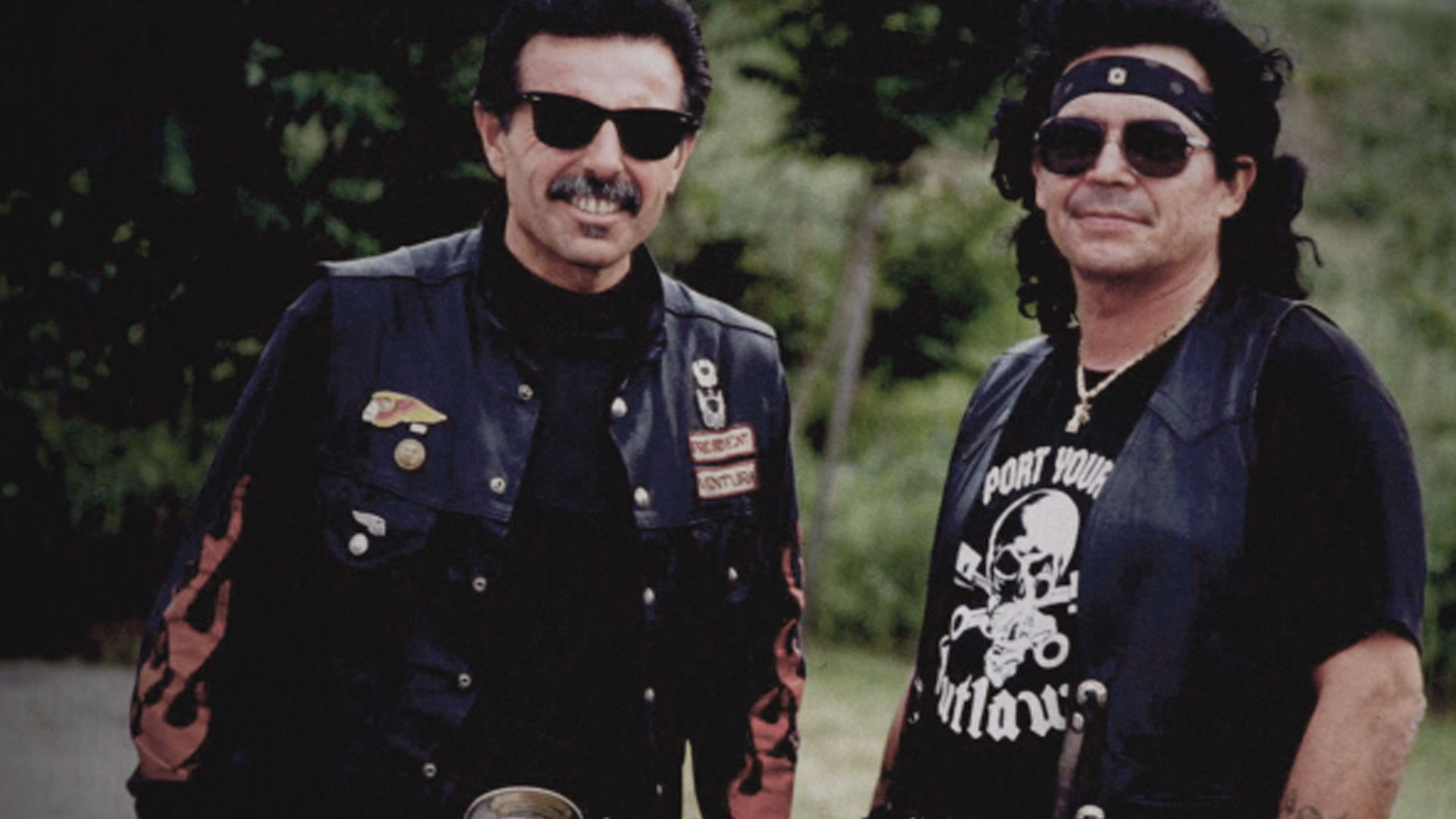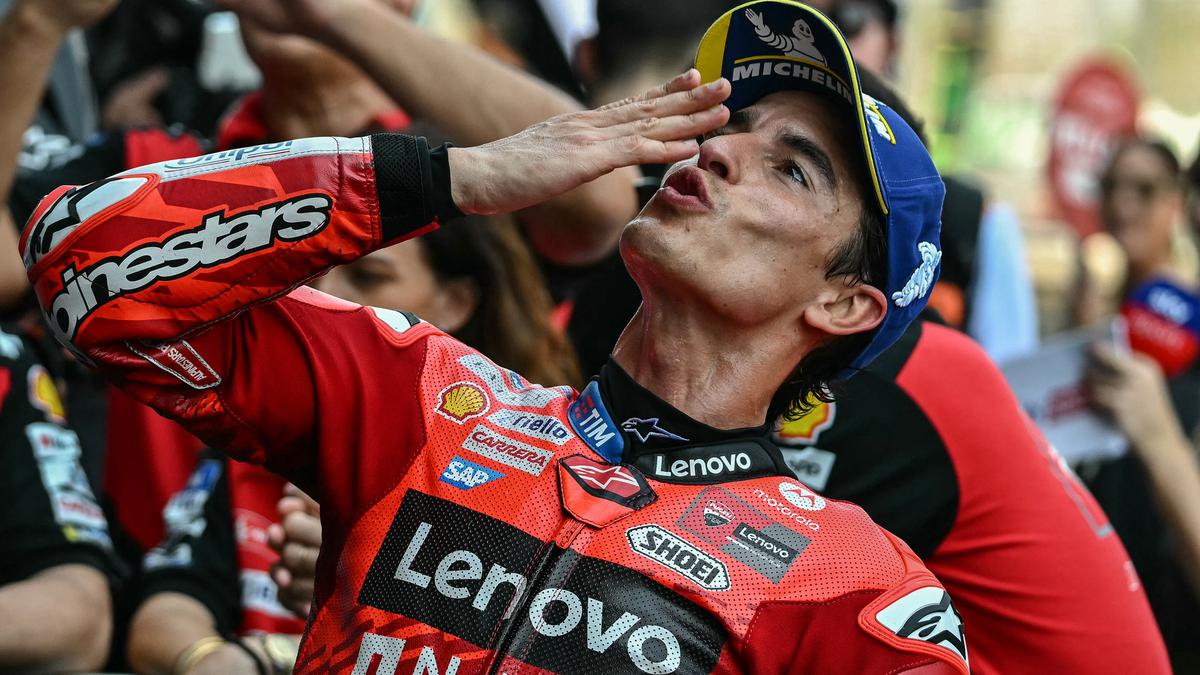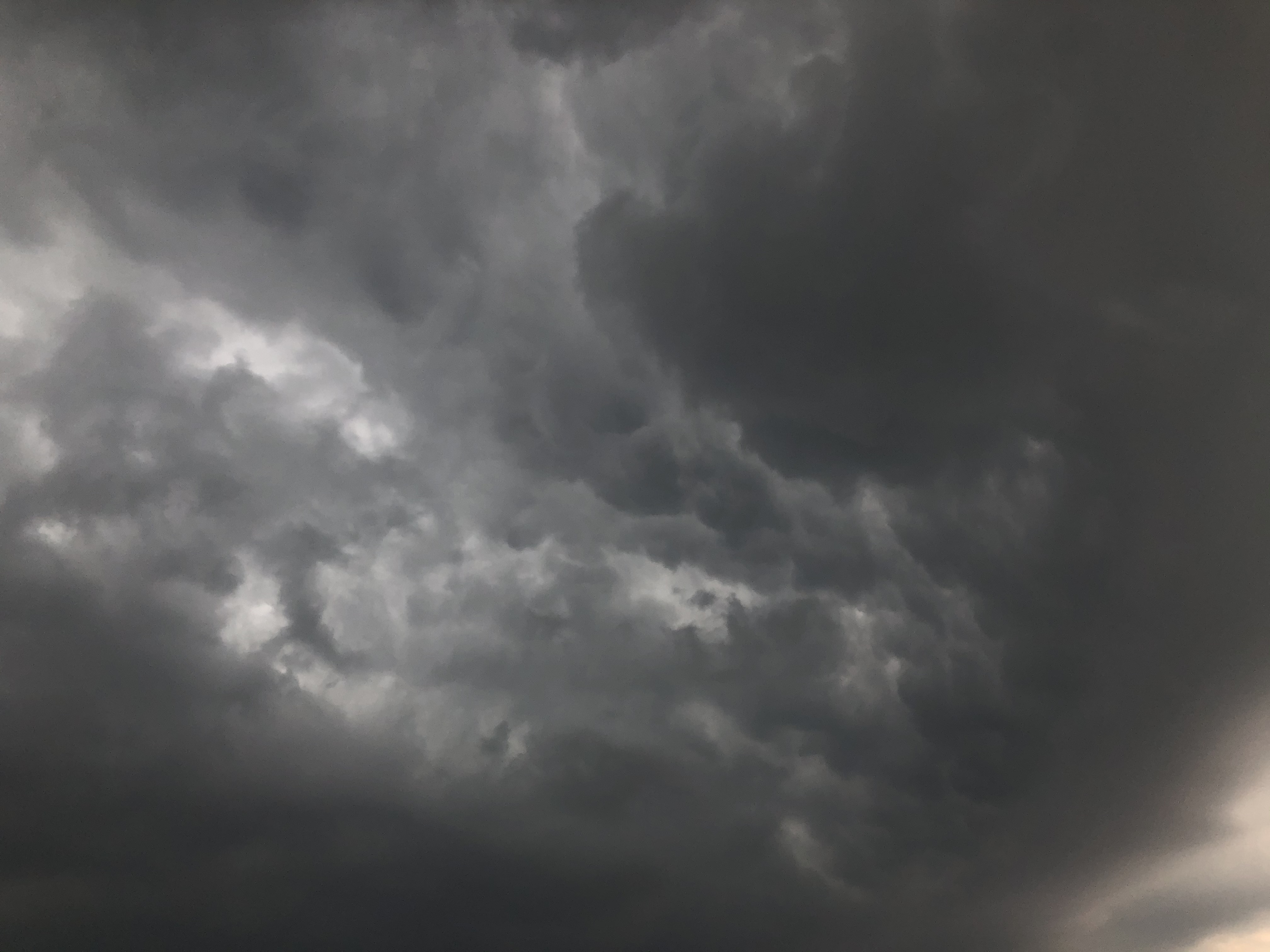The Hells Angels: An Examination Of Their Culture

Table of Contents
The History and Origins of the Hells Angels
The Hells Angels' story begins in post-war America, specifically in the burgeoning biker scene of California. Their foundation, in 1948, marked the beginning of a legacy that would intertwine with the rise of motorcycle gangs and the evolving biker subculture. The early members, often veterans returning from World War II, were drawn together by a shared love of motorcycles and a rebellious spirit.
- Year of founding and location: 1948, San Bernardino, California.
- Key early figures and their impact: While specific early figures' impacts are debated due to the club's secretive nature, their early leadership laid the groundwork for the club's structure and ethos.
- Evolution of the club's image and structure: Initially a more localized motorcycle gang, the Hells Angels expanded across the United States and internationally, establishing a complex, hierarchical structure. This evolution solidified their position within the broader landscape of motorcycle gang history.
The club's initial image, like many early motorcycle gangs, was rooted in a counter-cultural rebellion. Over time, however, their public image has been significantly shaped by media portrayals and alleged criminal activities.
The Hells Angels' Code and Structure
The Hells Angels operate under a strict hierarchical structure. This organization, often replicated across various chapters, features a well-defined chain of command. The club's hierarchy is central to its operation and internal control. The use of "patches," highly symbolic emblems, denotes membership and rank within the organization. Understanding this structure is crucial to comprehending the Hells Angels’ internal dynamics.
- The significance of the "1%" patch: This patch symbolizes the club's defiance of societal norms and identification with the "outlaw" biker culture.
- Initiation rites and processes: The initiation process is shrouded in secrecy, emphasizing loyalty and commitment to the club.
- Internal rules and regulations governing members' conduct: These rules, often unwritten and passed down through generations, govern members’ behavior and reinforce club unity.
Hells Angels: Lifestyle and Activities
The Hells Angels' lifestyle is intrinsically linked to motorcycles. Their favored rides, often powerful and customized, are a central component of their identity. Beyond the bikes, however, the club engages in a range of activities, some seemingly innocuous, others far more controversial.
- Types of motorcycles favored by the club: Large-displacement Harley-Davidsons are a mainstay, reflecting a long-standing association with the brand.
- Common social activities and events: Motorcycle rallies and club gatherings serve as important social functions. Certain chapters may also participate in seemingly charitable fundraising activities.
- Allegations of criminal involvement and their impact: Throughout their history, the Hells Angels have faced numerous allegations of criminal activities, including drug trafficking, violence, and racketeering. These allegations have profoundly impacted their public image and legal battles. Law enforcement agencies worldwide continue to monitor their activities.
The Hells Angels and Public Perception
The public perception of the Hells Angels is deeply divided. Media portrayals, often sensationalized, contribute significantly to the negative stereotypes associated with the club. Yet, the club has also attempted to manage its image, sometimes engaging in community activities. This creates a complex and contradictory public image.
- Impact of media representation on public perception: Movies, television shows, and news reports frequently depict the Hells Angels in a negative light, reinforcing harmful stereotypes.
- Common misconceptions about the Hells Angels: Many misunderstand the club's structure, activities, and motivations, often fueled by inaccurate media portrayals.
- The club's attempts to manage its public image: The Hells Angels have, at times, attempted to improve their public image through carefully controlled messaging and limited public appearances.
Conclusion: Understanding the Complex Culture of the Hells Angels
The Hells Angels Motorcycle Club represents a complex and multifaceted subculture. Understanding this group requires a nuanced approach that considers its historical context, internal structure, diverse activities, and its often-contradictory public image. The club's history, its hierarchical structure, and the lifestyle choices of its members, alongside their entanglement with allegations of criminal behavior, all contribute to the enduring fascination and controversy surrounding the Hells Angels.
For a deeper understanding of the Hells Angels Motorcycle Club culture, delve into further research using reputable sources. Uncover more about this fascinating and often misunderstood subculture, exploring both the positive and negative aspects of their history and activities within the broader context of biker culture and outlaw motorcycle gang culture.

Featured Posts
-
 The New York Rangers A Changing Landscape And The Fall Of Dominos
May 26, 2025
The New York Rangers A Changing Landscape And The Fall Of Dominos
May 26, 2025 -
 Container Ship Runs Aground On Mans Lawn Cnn Report
May 26, 2025
Container Ship Runs Aground On Mans Lawn Cnn Report
May 26, 2025 -
 Klasemen Moto Gp 2025 Tantangan Bagi Marc Marquez Dan Rivalnya
May 26, 2025
Klasemen Moto Gp 2025 Tantangan Bagi Marc Marquez Dan Rivalnya
May 26, 2025 -
 L Animosite Entre Ardisson Et Baffie Con Et Machiste Une Realite
May 26, 2025
L Animosite Entre Ardisson Et Baffie Con Et Machiste Une Realite
May 26, 2025 -
 Current Flood Advisories And Severe Weather Impacts On Miami Valley
May 26, 2025
Current Flood Advisories And Severe Weather Impacts On Miami Valley
May 26, 2025
